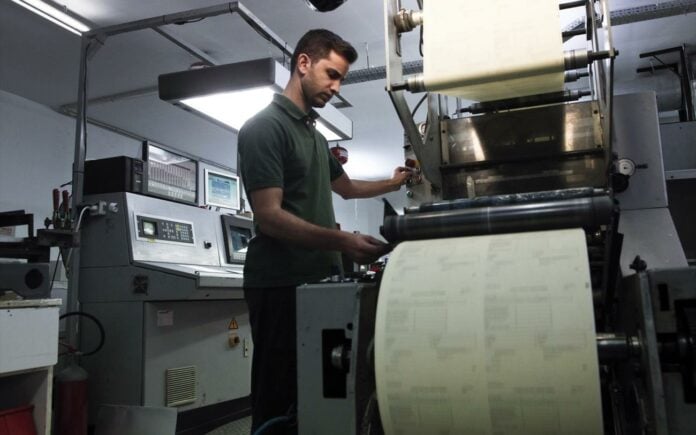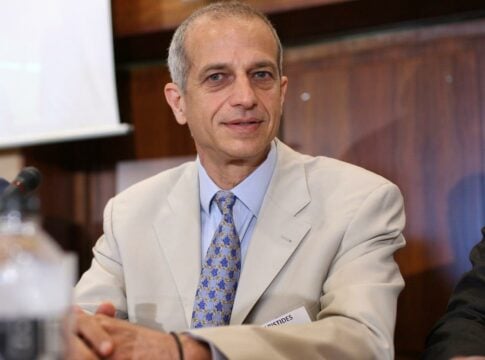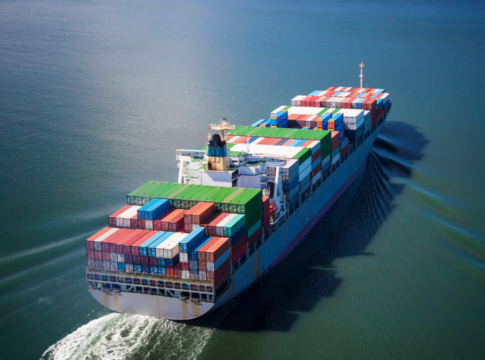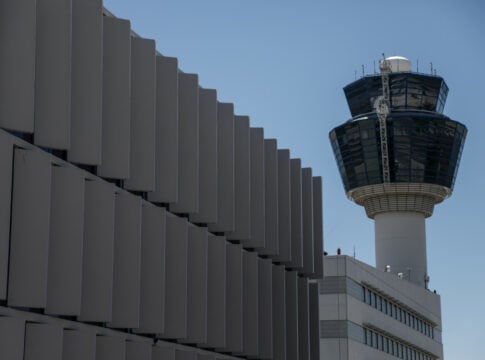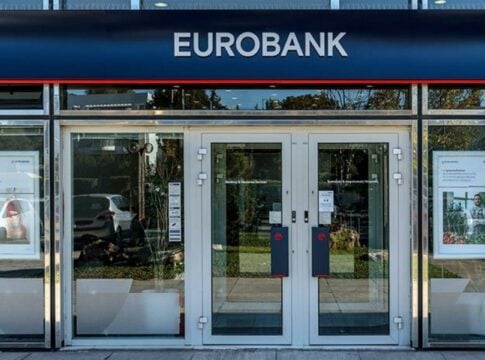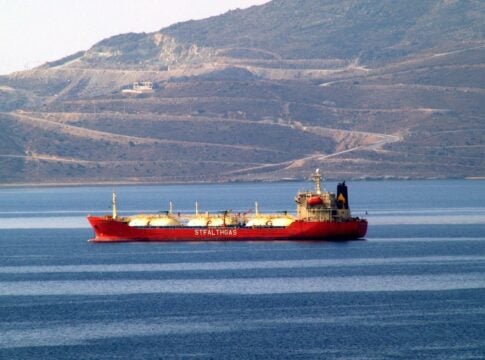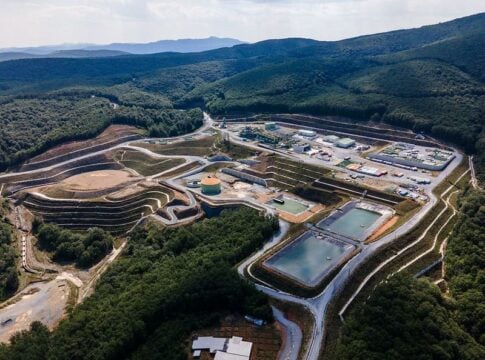The Recovery and Resilience Facility (RRF) is the main arm of the Next Generation EU (NGEU), which, together with the Structural Funds, constitutes a comprehensive package of channeling resources to support European economies in the post-Covid era.
Its resources amount to 31.2 billion euros and of these 12.7 billion euros will be allocated as commercial loans for the development of investment projects in 5 pillars:
- Green Transition
- Digital Transformation
- Extroversion
- Development of Economies of Scale
- Innovation
The loans will finance investment projects which will be co-financed in parallel with bank loans. The indicative financing scheme is:
- RRF loan: up to 50% of the eligible budget (maximum RRF funding)
- Own Participation: 20% private participation by the investment entity (minimum)
- Bank Loan: 30% financing with a co-financing loan.
The minimum interest rate currently stands at 0.35% for small businesses and 1% for medium and large businesses.
RRF loans concern all businesses, existing and new, regardless of size and legal form.
The interested company should carefully plan the investment it intends to make and prepare all the necessary supporting documents and materials.
The investment plan that will be produced should be submitted to a bank in order to evaluate the eligibility of the investment, but also the possibility of financing it from the bank’s side.
The bank then delivers to the independent evaluator the file of the company’s loan application, as well as a summary report that includes the conclusion of his pre-evaluation.
The independent evaluator conducts a thorough eligibility check of the investment plan and submits his evaluation report to the bank.
If the result of the evaluation of the independent evaluator is positive, the bank confirms its initial approval, turns it into final and proceeds to start financing the investment project.


